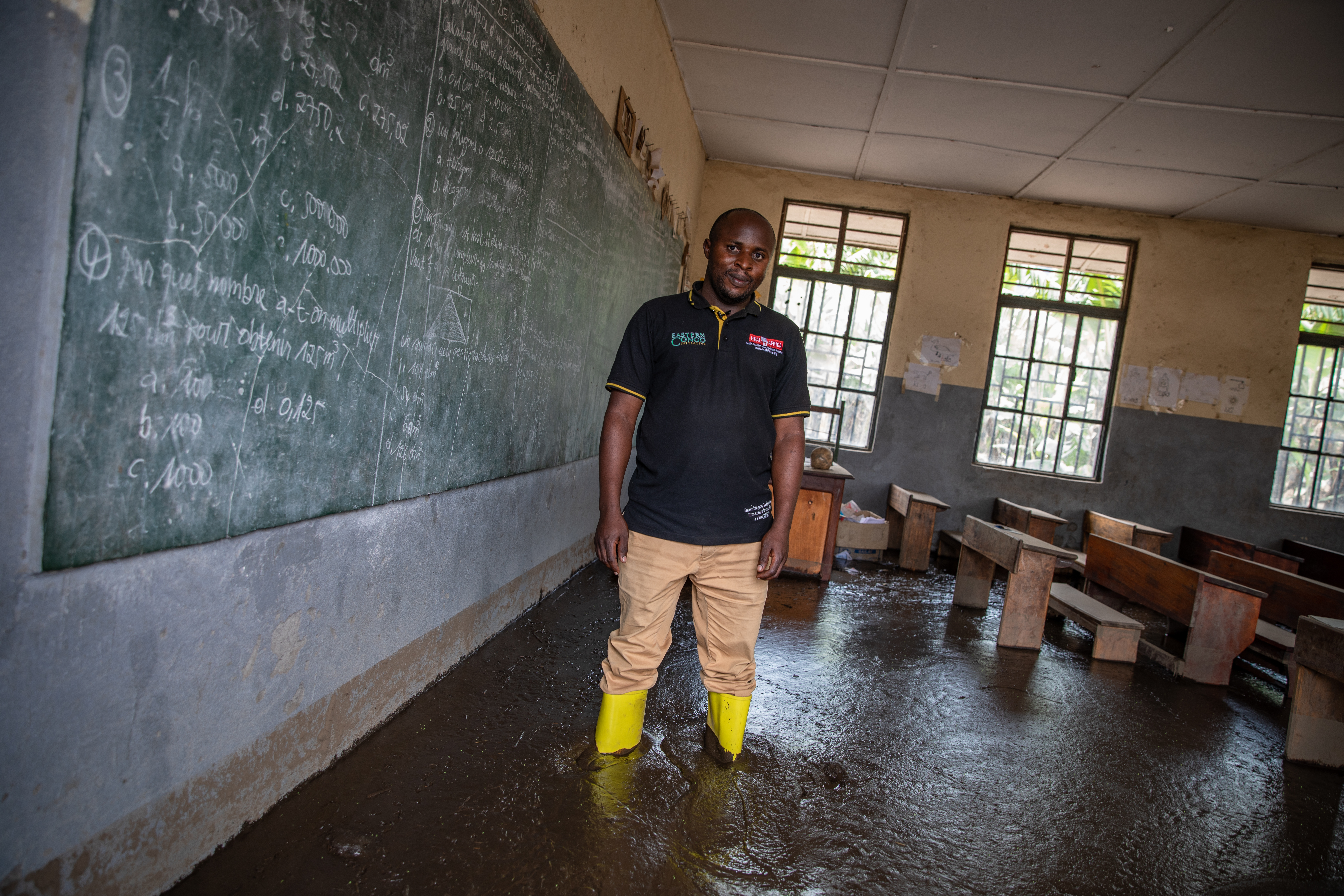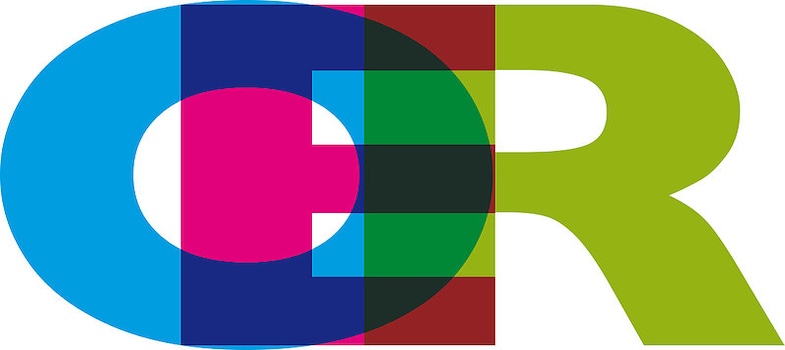2.2 Why do we need OER?

Patient Kyahi, Principal of Sake Elementary School, DRC, in front of the blackboard in his mud-filled classroom. Photo: sibylle desjardins / Climate Visuals Countdown. Used under a CC BY-NC-ND 4.0 licence.
In a world where the gap between rich and poor is ever widening and where the climate crisis and global health pandemics threaten to disrupt formal education ever more frequently, there is more of a need for OER than ever before. OER can help to address in equity in education and, more specifically:
- The lack of access to high quality educational materials
- The financial barriers to accessing high quality resources such as textbooks.
- The lack of resources that are kept up to date to reflect new developments.
- The lack of resources in diverse formats and multiple languages (especially non-dominant languages).
- The limited availability of resources that have been adapted to be relevant to diverse contexts and educational settings.
- Limited participation, collaborations, and networking in open educational practices.
- The lack of resources representing disabled people, people from diverse background, and people from non-dominant gender identities.
While there are hundreds of thousands, maybe millions of OER currently available, not all resources allow equitable access to quality education. For example, resources from the Global North, written in the English language, are dominant, and people from marginalised communities are often not well represented.
The good news is that through collaboration, and making use of the open licensing attached to OER, this can change.
